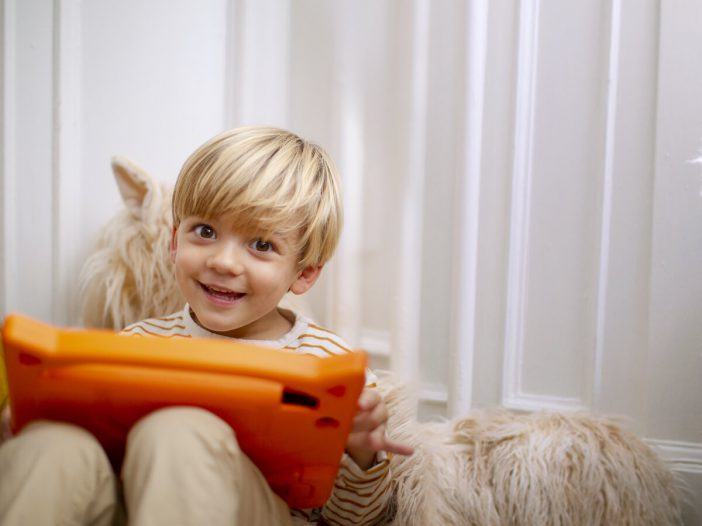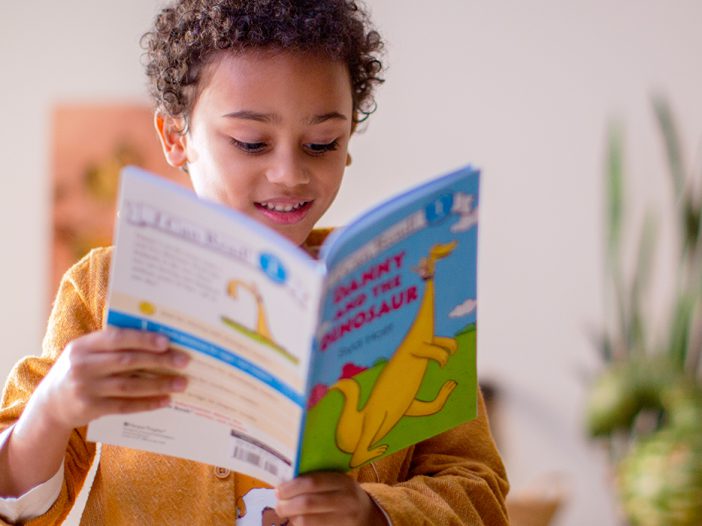Good news! We’re here to break down the concepts of phonological and phonemic awareness and show you how you can use them to encourage a love of reading in your child.
Subjects
From the learning experts at HOMER: tips, resources, and guides to help foster your child’s lifelong love of learning.
Phonics: What It Is And How It Can Encourage A Love Of Learning
We break it all down for you: what phonics is, the benefits of adding it to your little one’s learning journey, and when (and how!) to introduce it.
Big League Sports Facts
Explore the world of the Olympics with fun facts to get kids curious about athletes with grit and determination. Set
HOMER’s Skills Adventure: Storytelling
Storytelling helps kids understand and process information. It improves their imagination and communication skills.
Zoom Playdate: Games that Kids Can Play Together
Here are five games that kids can play together over a video call.
HOMER’s Skills Adventure: Art
Art is a great way for kids to express themselves creatively. It also helps develop motor skills and accelerates brain development!
Math Games While Setting the Table
While you’re busy getting dinner ready, call on your helpers to set the table.
HOMER’s Skills Adventure: Listening
It’s never too early to teach kids to be active listeners. As they take in, process, and respond to information, they’re making connections with the world around them and the people in it!
How Do Children Learn To Read?
Is there a best or proven way to help children learn to read? HOMER’s Senior Director of Learning and Curriculum Design shares the science behind how kids learn to read!
6 Quick Tips to Get Kids Reading
Your big goal is to make books and stories so wonderful, so special, and so exciting that your child cannot wait to learn to read.
Get Your Kids to Love Reading with These 3 Easy Tips
Making your home “book-oriented environment” doesn’t mean you have to give up an entire room to dedicate to books!
Sounding Out Words: Giving Your Child The Best Start
Your child has mastered the alphabet; they can name the letters, they know the order of the letters, and they know the sounds that each letter represents. So, what’s next?











